“I’m not broken. Just because you can’t understand me does not mean I’m not communicating”
Last year when I came home, my favorite niece (yes, she is the only one) asked to take Mateo to meet her friends. She wanted to introduce him since she had been trying to explain to them about him and autism. But some couldn’t understand or grasp the term ‘non-verbal’. To help explain that term, I thought I’d take you through the journey of our quest for spoken language.
Mateo developed normally. He had words. He said Mama and Dada right when he was supposed to. He had other words too. I will always remember him running around the house (he walked at 9 months and was climbing stairs at 10), calling what sounded like Cat, Cat. You see, we had a wonderful dog named Cognac whom Mateo loved. It really was funny to see him chase this large dog and call him Cat.
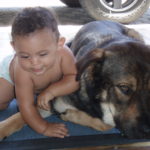

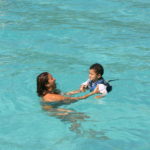
Mateo, like many other children on the spectrum, started regressing at about 15 months. He lost his words, along with a lot of other developmental markers. After what was the worst period of my life, we got his diagnosis before he even turned two. Immediately, before paperwork was done, we started him on Behavioral Therapy, Speech, Occupational Therapy (OT) and even tried Floortime Therapy.
The first time I swore we had a break through was during the first session with the Occupational Therapist. Mateo was running around enjoying the padded gym where he could be wild. She got his attention. She got him to look at her and then she grabbed him from his feet and lifted him upside down like he was doing a handstand. I was like What The…. Mateo laughed – a really bellyful laugh. She put him down and asked him, “Up? Up?” And she did it again. The third time seemed to be a miracle. He looked at her and said, “UP”. Clear as day. This was the first time I thought, “This is it. This is our Hellen Keller moment! My kid WILL talk.”
Yeah. He didn’t. We kept trying. But while fun activities like throwing the ball IN the net might generate an ‘IN’ from him, his interest would quickly fade and so too would the words. Mateo’s godmother and I tried to play and interact with him just like the various therapists showed us, but we could never hold his interest for very long.
Mateo also has a slew of sensory issues. In Jamaica, Mateo did therapy with a Behavioral Therapist who is also an Occupational Therapist. Lisa, whom I credit for accomplishing the most with Teo, discovered he would try to talk when calm and getting a massage. Every day before therapy, they would strip him down to his briefs and he would get a deep pressure massage to calm him. While one therapist was massaging him, the other, with an object box, would choose an object and hold it up. “What is this?” they would ask. Mateo would answer. Not always clearly, but he responded. Spoon, Car, Dog, whatever. It motivated us to think that he had words but chose not to use them. Once he even fell over with his weighted vest and couldn’t get up. We heard faintly what sounded exactly like, “HELP”. Then therapist went to investigate and found Teo lying on his back.


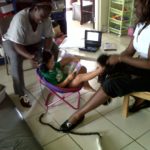

This sparked us to try all kinds of methods. He resisted and hated speech therapy with a passion. It was the only time he would complain about therapy. So we tried tough love. Unless he requested something by sound or pointing, we wouldn’t give it to him. Suck teeth. My boy more stubborn than 10 dozen mules and one man put together. No lie. This method caused all sorts of behaviors – from head banging to aggression to absolutely no sleep.
Then we tried sign language. He loved the videos and got a couple words. To this day, he still uses the sign for more or wait, especially when he wants tickles. But, he never had that ‘moment’ when we thought, “this is it!”
What next? Well PECS- picture exchange communication. Again this sort of worked but only when he REALLY wanted something. By this time, Mateo was three and the therapist that was working with him was positive he was reading. She would open a new pack of flash cards with just words and lay them out. She would say, “Give me clock.” And he would. So we challenged him some more and started asking things like, “Give me something you can tell time with.” And he would. This told us that he was comprehending and understanding us. So we switched the Picture Exchange to Word Exchange. We had an entire word board of the things he loved: trampoline, milk, Mickey Mouse, pool. Once again I was so sure we would get words.
Over the years, I’ve learned Mateo cycles. If he is truly interested, he will request it. But he just seemed to get bored way too easily and was the happiest in his own little world. Water therapy, equine therapy, play therapy- he got something out of all of them, but not conversational language.
I’ve never given up hope that he would communicate. Over time, though, I realized that communication and speech are not the same things. Today, Mateo can say his name. He says, Car, Side for outside, Dee, for Candy, Boat – paddle board and boat, fan (poor kid had to learn that on his move to Belize after years of sleeping in ac) shah for shower, etc. Basically, he will say things he really loves and wants. As for the rest, well, he uses his iPad to communicate. This has lessened his frustrations greatly, even if he still really just uses it to express basic needs.
Yes, Teo is classified as non-verbal. But he communicates, and most days he’s the loudest one around. Most importantly, he understands. He understands everything! Don’t try to speak in Spanish and think he won’t know what you are talking about. And please, don’t try to spell boat or pool- he WILL go get dressed for the beach then. So if you do get to meet Teo in person, say hi. Introduce yourself and remember he is listening even if he’s not watching you.
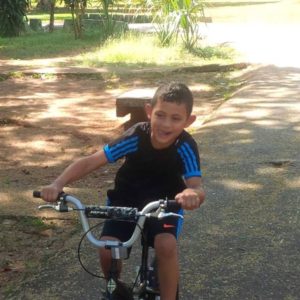


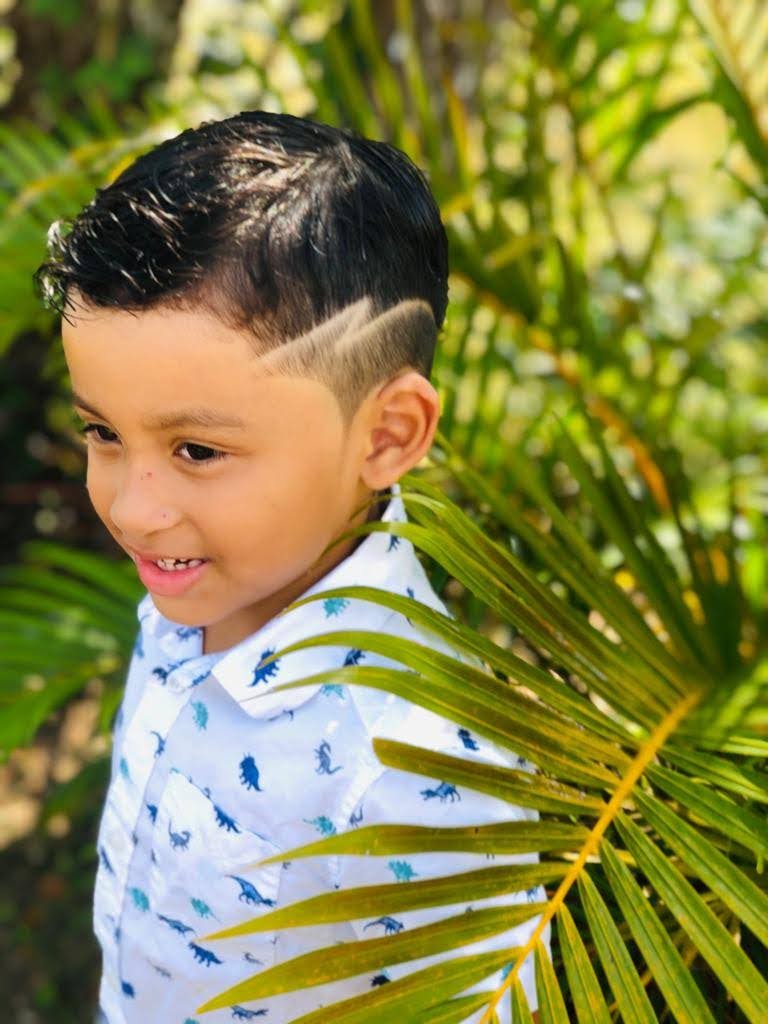
2 Comments
Ann Fuller
Christy, I really love this article a lot and can see many similarities between his journey and my Gabriella’s journey. Thank you so much for sharing.
autismbelize
Hey sweetie! It hasn’t been an easy journey and one filled with many tears, but we keep on working and just trying to do the best for our kids. I am working with a speech therapist who will be doing one of our Autism Belize Guest Speaker Series in the coming weeks. Look out for that presentation because it might be of some value to you. And if you ever want to submit a story here, I’d love that. Or if you have a topic you would like us to cover, just let me know. You know how to reach me. We are in this together!
Comments are closed.